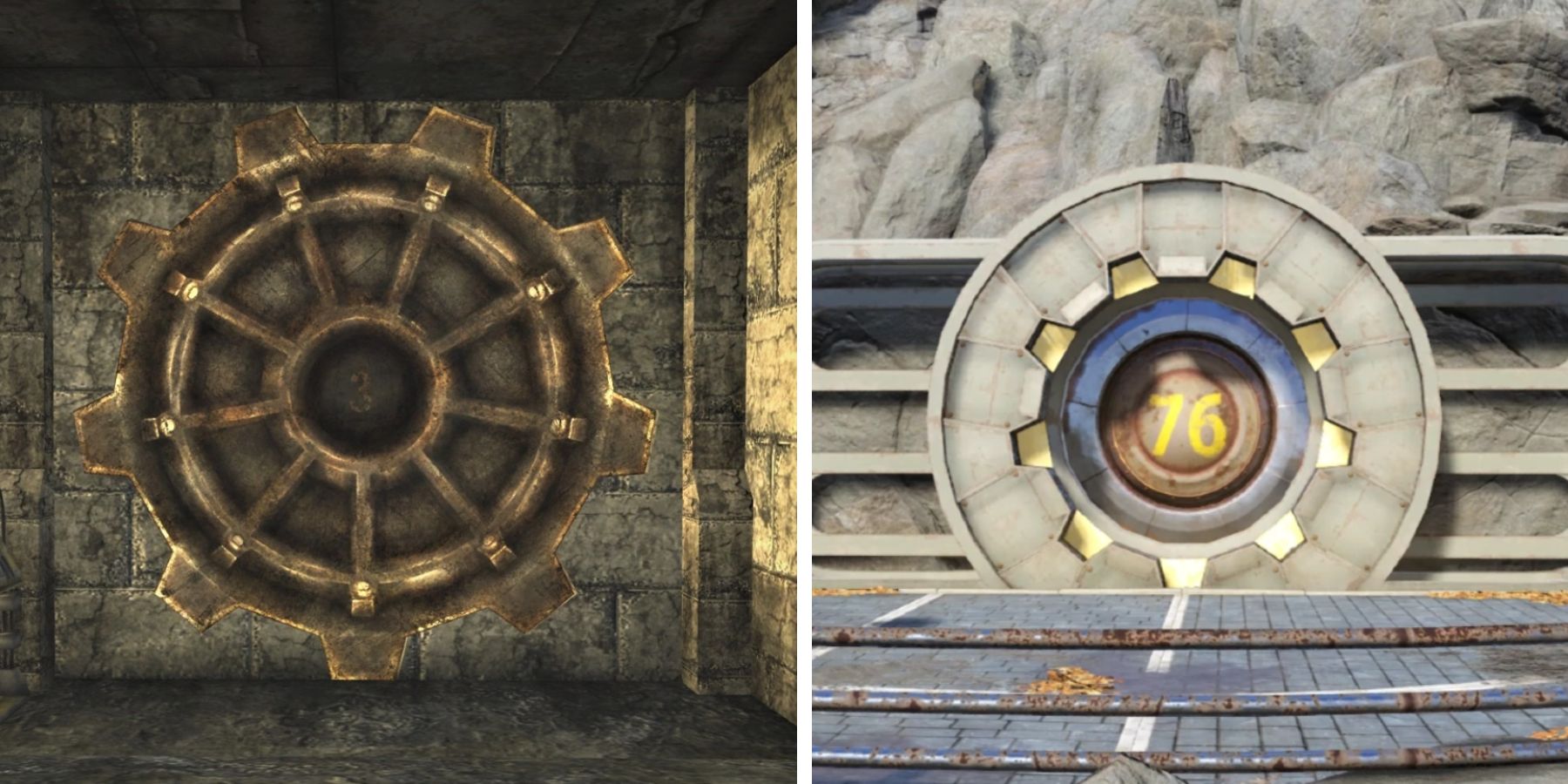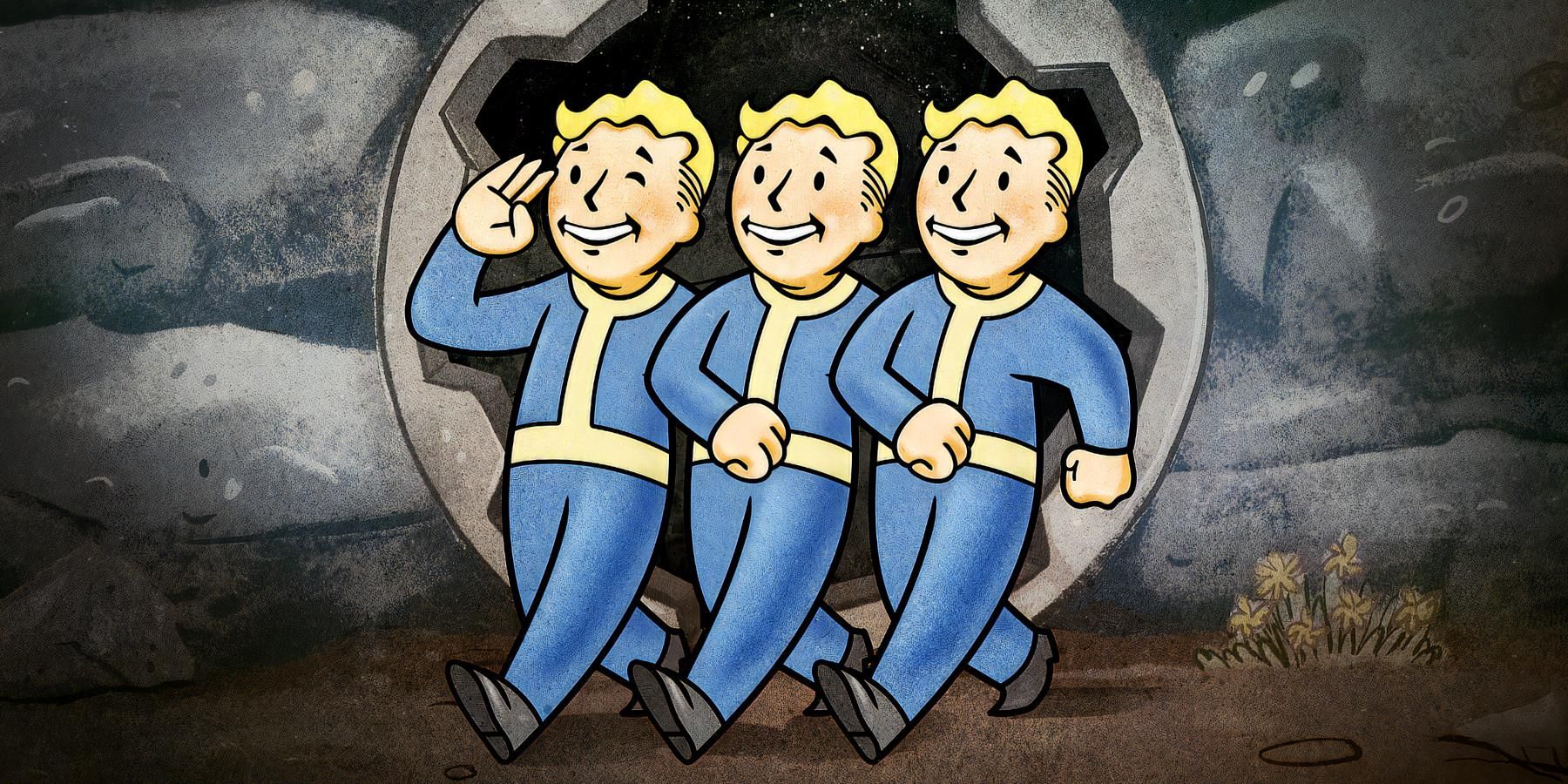The vaults in the Fallout franchise are known for their morally dubious social experiments, ranging from the slightly problematic to the wholly unethical. These were planned and implemented by none other than Vault-Tec, which had partnered with the government to conduct trials on unknowing vault residents.
Of course, every experiment requires a control element. This is precisely what the control vaults were for in the world of Fallout, and it only shows just how little Vault-Tec cared about the greater population.
The Goal of the Control Vaults in Fallout
In scientific experimentation, the control element serves as a point of comparison to the elements being experimented on. In the case of the vaults in Fallout, many of them had some sort of experiment going on within. Thus, Vault-Tec set up multiple control vaults — all of which had no implemented experiment — that it could use to draw conclusions about what occurred in Vault-Tec’s experiment vaults in Fallout. In short, control vaults worked just as Vault-Tec had advertised to the public — with sufficient life support systems, ample resources, and no social experiment.
Understanding the control vaults in this way casts a shadow over Vault-Tec and its motivations in Fallout. The very existence of functional, life-supporting vaults might lead some to think that, despite Vault-Tec’s countless experiment vaults, it still intended to protect humanity from an apocalyptic situation. However, this isn’t the case.
Control vaults were nothing more than another part of the organization’s sick experiments. In other words, Vault-Tec didn’t build control vaults because it sought to save a small portion of humanity, but because such vaults were required to validate the conclusions drawn from the experiment vaults. This means Vault-Tec saw its clients as mere guinea pigs. A select few were fortunate enough to be assigned to a control vault, while the rest were doomed to live through some twisted social experiment.
Control Vaults in Fallout Games
According to a terminal entry found in the Citadel of Fallout 3, there are a total of 17 control vaults spread across the country. Some of these can be explored by the player in different titles from the Fallout franchise.
In the first Fallout game, there was Vault 13, which was also the player’s home vault. It was equipped with a government-approved Vault Water Purification System, ensuring that the residents would have a steady supply of potable water even in the event of a nuclear war. However, in the year 2161, the vault’s specialized water chip would malfunction, ultimately leading to the events of Fallout.
In Fallout 2, the player can find Vault 8. Apart from being a control vault, however, the inhabitants of Vault 8 were tasked with recolonizing the world above ground around 10 years after being sealed into the vault. By the year 2091, the Fallout overseer gave the go-signal, so the vault residents got to work and eventually established Vault City. It was the most advanced medical center in the post-war wasteland.
Next is Vault 3, found in Fallout: New Vegas. Unfortunately, this facility didn’t flourish like Vault 8 did. Sometime after it was sealed, the structure destabilized from a water leak, forcing the inhabitants to open the vault doors and trade with wastelanders. Though this worked well at first, it soon drew the attention of Fiends, who killed off the vault residents and took over the facility. How The Courier decides to deal with them affects the ending of Fallout: New Vegas.
Finally, there’s Vault 76 of Fallout 76. Like Vault 8, the inhabitants of this vault were given a special task — to recolonize Appalachia around 20 years after the vault was sealed. This is the player’s home vault in Fallout 76. Thus, the day the vault opened its doors — otherwise known as Reclamation Day — led to the events of the game.
Fallout 76 is available now for PC, PS4, and Xbox One.






